Discover insights, tips, and stories from the skies — from aircraft buying guides to pilot training.

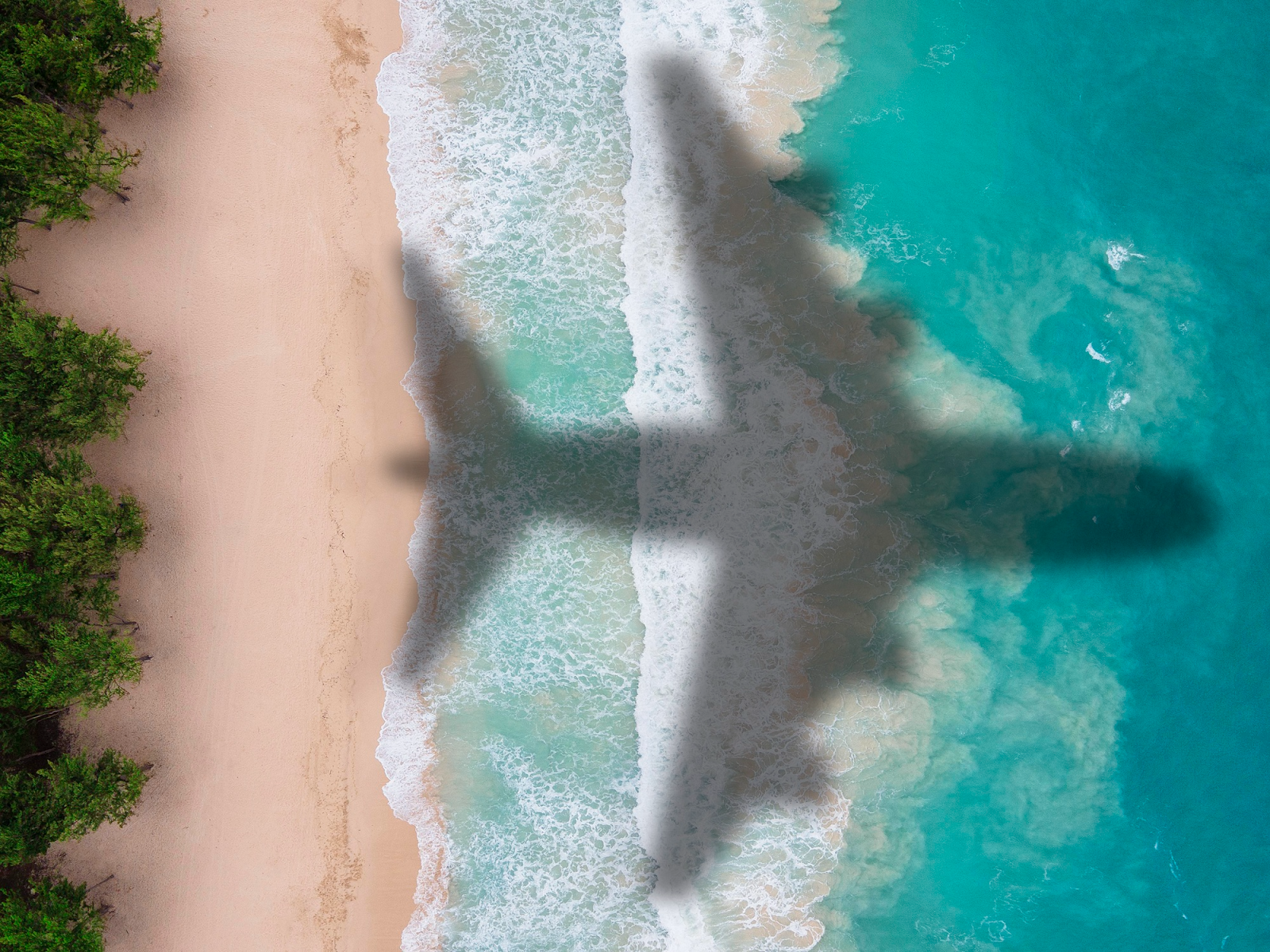
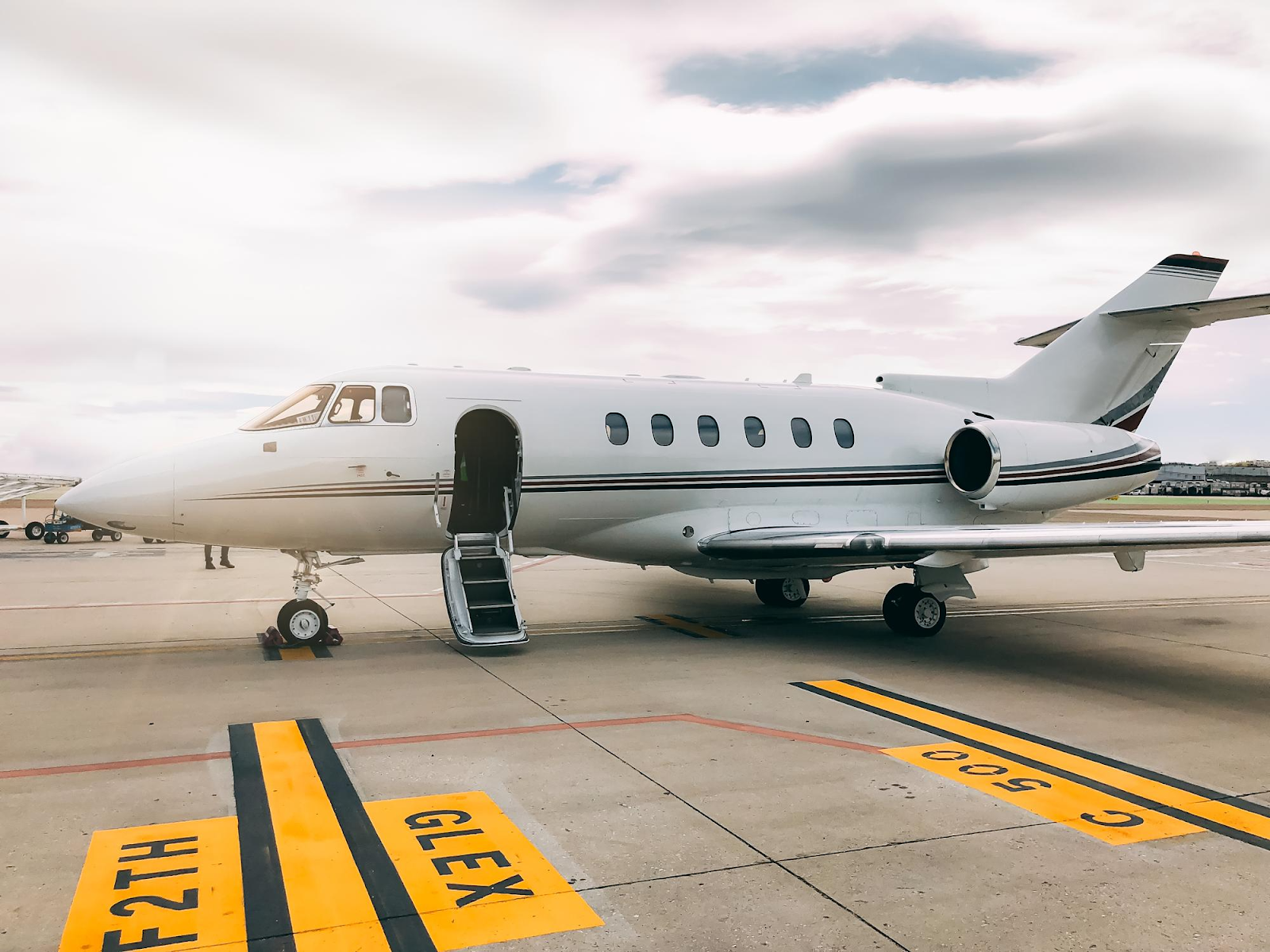
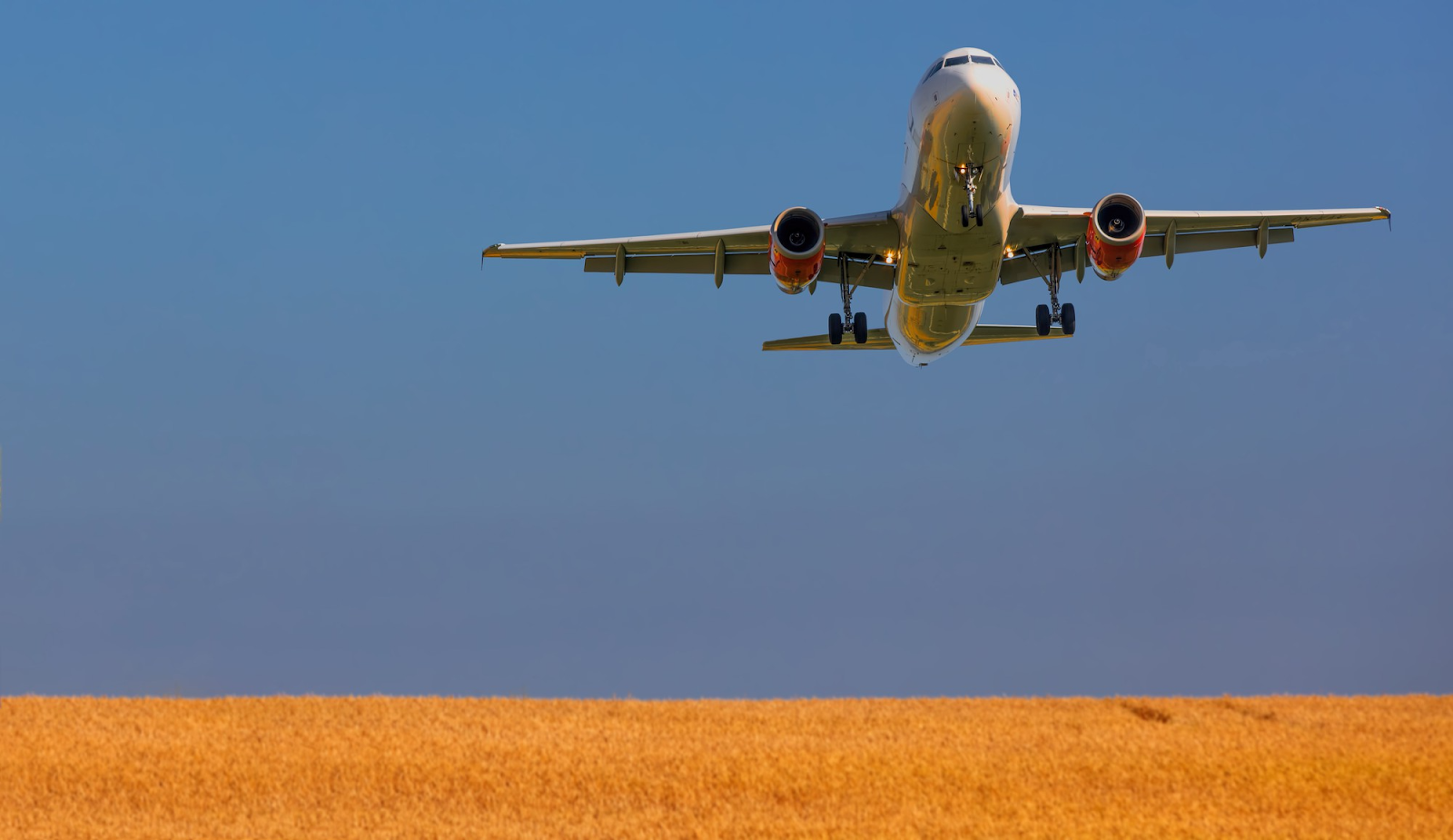
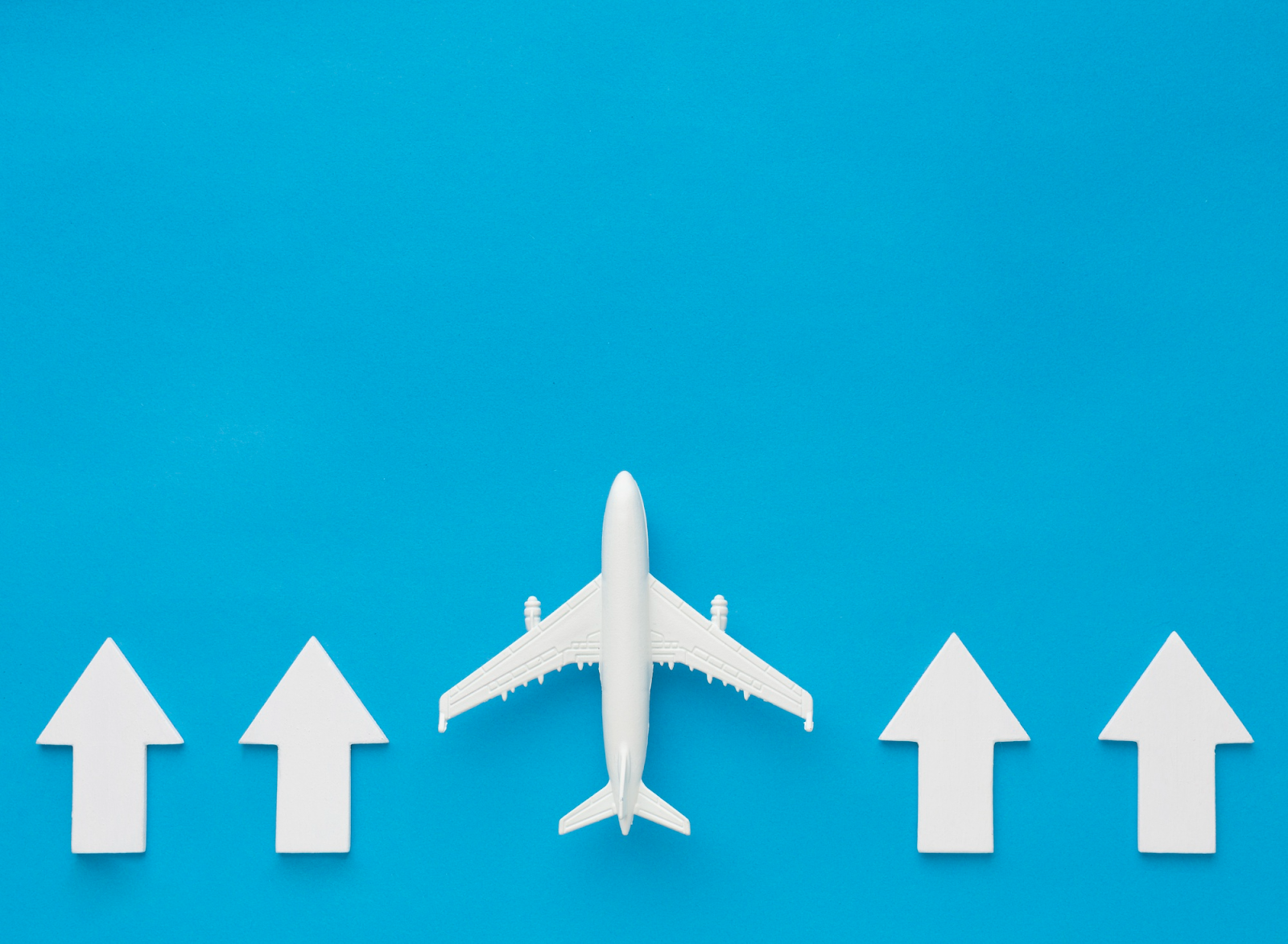
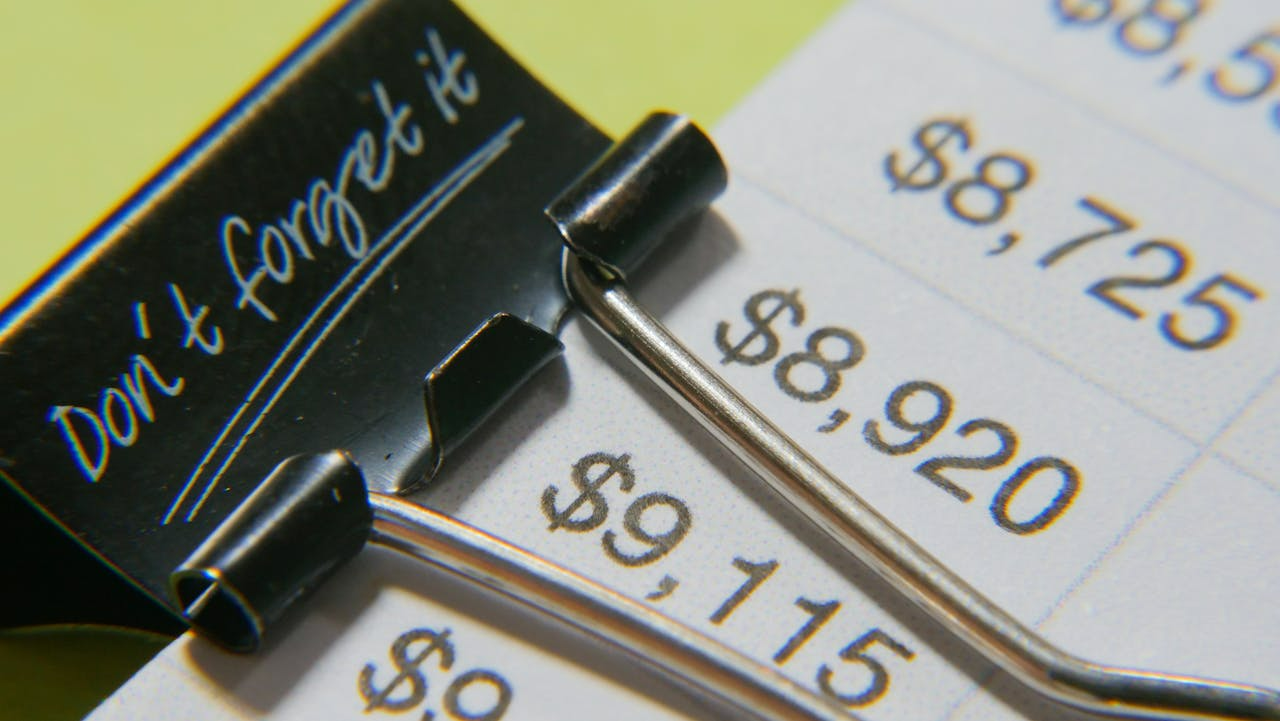
Published: August 6, 2025
The Cessna Citation II operating costs are one of the biggest things owners and buyers want to understand before making a decision. This popular light business jet has been in service for decades, and it still appeals to people who want reliable performance, room for a small group, and straightforward flying.
But the price to own and operate a Citation II private jet is shaped by many factors, and learning how each one works can help anyone build a smart plan.
Let’s move on to find out what makes this airplane stand out, and why the numbers behind it matter.
The Cessna Citation II is part of the famous Cessna Citation family. It was built as a bigger version of the earlier Citation I, with stronger engines and a longer cabin. This jet can seat about six to eight passengers, which makes it useful for both companies and families.
When it was first introduced in the late 1970s, it quickly became one of the most popular small jets in the world of aviation.
Here are some key details:
The Citation II also has later siblings, like the Citation Bravo, which kept the same general airframe but added newer systems. Many owners today have upgraded their avionics, swapping older dials for glass panels with modern navigation tools.
Buyers should also think about citation ii pricing on the used market. Prices vary based on condition, upgrades, and engine hours. Some aircraft cost under $1 million, while others with updated equipment and fresh inspections may go higher. Understanding aircraft cost calculator tools can help show different purchase scenarios.
The Citation II is still respected because it combines the benefits of a light jet with the flexibility of a business jet. It’s not the fastest or the newest, but it’s a proven airplane that remains popular in private jet charter fleets around the world.
Buying an airplane means looking past the sticker price. The operating cost each year can be the real test for an owner. A jet like the Citation II has both direct operating costs and fixed costs. Knowing these helps build a clear annual budget.
Let’s break down some examples:
Owners also compare these numbers to jet charter pricing. If someone flies only 100–150 hours per year, they may find that paying charter rates is cheaper than full ownership. On the other hand, someone flying 300–400 hours annually often finds direct ownership easier to control.
Charter services also use the Citation II in their fleets, which shows how dependable it is as a light business jet. However, for personal ownership, it’s smart to think of every per mile cost, not just the fuel. When all expenses are added up, many owners use about $5 to $6 per nautical mile as a safe number for planning.
Before buying, most people want answers to simple but important questions. These questions all connect to the operating cost of a Citation II:
Using an aircraft cost calculator helps compare ownership against jet charter options. These tools let buyers adjust things like fuel price, annual budget, and hours per year. They can also show how direct operating costs combine with annual fixed costs to shape total spending.
It is also common to check what other operators are charging. Charter rates for a Citation II may range from $2,500–$3,500 an hour in the U.S. depending on market and season. These numbers give a good benchmark when planning.
For many, the real value of the Citation II is balance. It offers space, speed, and flexibility at a price that is often lower than newer models. For someone looking for a proven light business jet, it is a dependable choice.
Understanding the costs of owning and flying a Citation II helps owners and buyers plan ahead with confidence. The numbers may look complex at first, but when you break them down into clear parts, the picture starts to make sense. Every dollar falls into a few simple categories.
Some are tied to how much you fly. Others are steady, no matter how many trips you make. Together, they shape the full cost of ownership.
| Category | Details | Typical Range / Estimate |
| Variable (Hourly) Costs | Costs that depend on hours flown. | $2,000 – $3,000 per flight hour |
| Fuel | 165–180 gallons/hour; ~5,000 lbs capacity; range ~1,500 nm | ~$1,000+/hr at $6/gal |
| Maintenance Reserves | Engine & systems set-aside for overhauls/inspections | $300 – $400/hr |
| Other Hourly Costs | Tires, brakes, oil, minor parts | Included in $2,000–$3,000/hr total |
| Fixed (Annual) Costs | Paid regardless of hours flown | $200,000 – $300,000/year |
| Hangar/Storage | Space rental at airport | $800/month (small town) → $5,000+/month (major city) |
| Insurance | Depends on hull value, usage, pilot experience | $10,000 – $25,000/year |
| Training | Annual simulator/ground school (mandatory) | Variable, part of fixed total |
| Subscriptions & Charts | Navigation data (Jeppesen, ForeFlight, etc.) | Annual subscription fees |
| Performance Details | Impact planning and efficiency | — |
| Cruise Speed | 350 – 380 knots | Efficient for class |
| Service Ceiling | 43,000 ft | Improves fuel efficiency |
| Balanced Field Length | ~3,800 ft | Needs moderate runway length |
| Short Runway Ability | Can use smaller airports | Saves time/money vs. larger jets |
| Baggage Capacity | ~40 cubic ft, multiple compartments | Sufficient for typical missions |
| Ownership & Payment Models | Ways to manage costs | — |
| Direct Ownership | Pay all costs directly | Best if flying 300+ hrs/year |
| Programs | Fixed hourly engine/maintenance programs | Smooths out expenses |
| Jet Cards | Prepaid access at fixed hourly rate | Higher cost, no surprise bills |
| Charter Offset | Place aircraft in charter fleet | Generates revenue but adds wear |
| Annual Budget Examples | Illustrative scenarios | — |
| Example A – Light Use | 150 hrs × $2,500/hr = $375,000 + $250,000 fixed | $625,000/year |
| Example B – Heavy Use | 350 hrs × $2,500/hr = $875,000 + $275,000 fixed | $1,150,000/year |
| Market Comparison | Charter rates for Citation II | $2,500 – $3,500/hr |
When people ask about a Citation II, the first question is usually: how much does it cost to fly each hour? To answer, you need to think about fuel, maintenance, and reserves. These are called variable costs. They change depending on the number of hours flown each year.
When you put everything together, the cost per flight hour is often between $2,000 and $3,000. This is the number most owners use when comparing against charter or other jets in the jet market.
Next are the fixed expenses. These do not change much with flying hours. Owners pay them whether the plane flies one trip or hundreds.
When added together, these annual fixed costs can easily reach $200,000 to $300,000 a year. Owners call this the total fixed costs of the airplane.
The Citation II is efficient compared to many other jets in its class. But details in the performance book can change your costs depending on the airports and missions you fly.
Each of these factors plays into flight planning. For example, if your trip involves a mountain airport with a short field, you must know the aircraft’s weight and weather conditions. Performance affects safety and cost.
Owners have different ways to manage costs. Some pay directly. Others use programs to make expenses more predictable.
The choice depends on flying habits. An owner who flies 100 hours a year may look at jet cards or charter. Someone flying 300 or more hours usually benefits from direct ownership, even with the higher bills.
Let’s look at two simple examples of an annual budget.
Example A: Light Use (150 hours per year)
Example B: Heavy Use (350 hours per year)
These are broad averages, but they show how flying more hours spreads the fixed expenses across each trip. The hours per year make a big difference.
In the current jet market, the Citation II offers a good balance of cost and capability. It does not have the speed or efficiency of the latest jets, but it also avoids the huge purchase price of new aircraft. Many buyers choose it because they can enter the world of private jet ownership at a lower upfront cost.
Charter companies also keep Citation IIs in their fleets. The charter rates usually fall between $2,500 and $3,500 an hour. This is a good benchmark when asking, “Does ownership make sense for me?”
For many, the Citation II is an airplane that works well for regional business trips, family vacations, and even entry into business jet ownership. Its costs are predictable, and with careful planning, they can be managed in a way that fits many budgets.
The key to managing Citation II costs is simple: plan ahead. Fuel, maintenance, and fixed fees are all part of the picture. Tools like an aircraft cost calculator can help owners make smart decisions.
Good flight planning also saves money. Choosing the right altitude, balancing fuel and payload, and picking airports with fair fees all make a difference. Each detail keeps the budget in line and helps the airplane deliver reliable service.
The Citation II may not be the newest business jet, but it remains a strong choice for people who want dependable performance and clear numbers. By knowing the direct operating costs, fixed expenses, and planning tools, any owner or buyer can see the full picture.
The Cessna Citation II operating costs may seem complex at first, but once broken down into fuel, maintenance, and yearly overhead, the picture becomes clear. Buyers and owners who study these numbers can create realistic budgets and avoid surprises.
By knowing what to expect, you can make smarter choices about purchase, upgrades, or even comparing ownership to jet charter.
If you want more help understanding these details, visit Flying411 for guides and insights tailored for aircraft owners.
The range is about 1,500 nautical miles with typical passengers and fuel reserves.
The average cruise speed is around 350–380 knots, depending on weight and weather.
Most cabins are set up for six to eight passengers, plus the pilots.
The CE-551 II/SP is certified for single-pilot, but special training and approval are required.
It has higher hourly operating costs than some modern jets but costs far less to buy upfront.